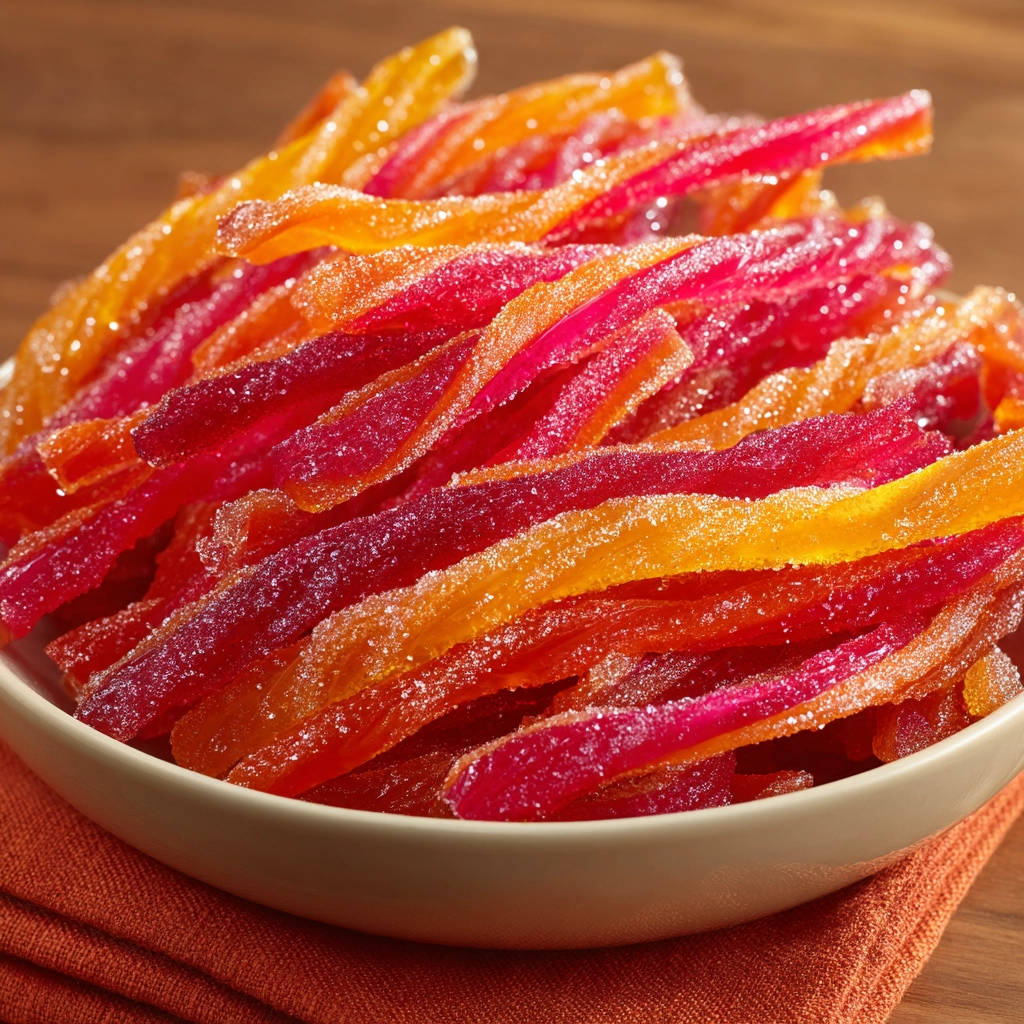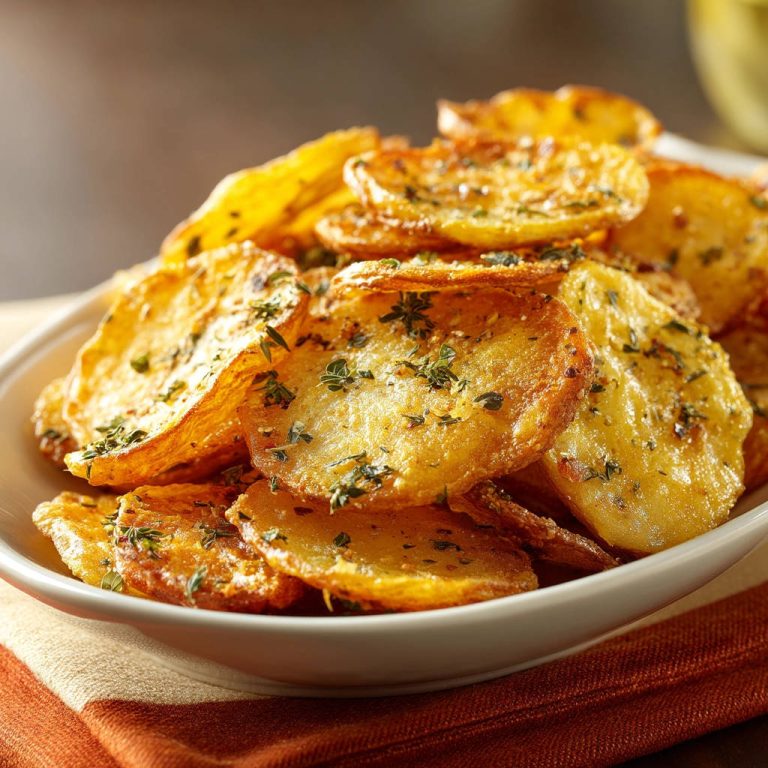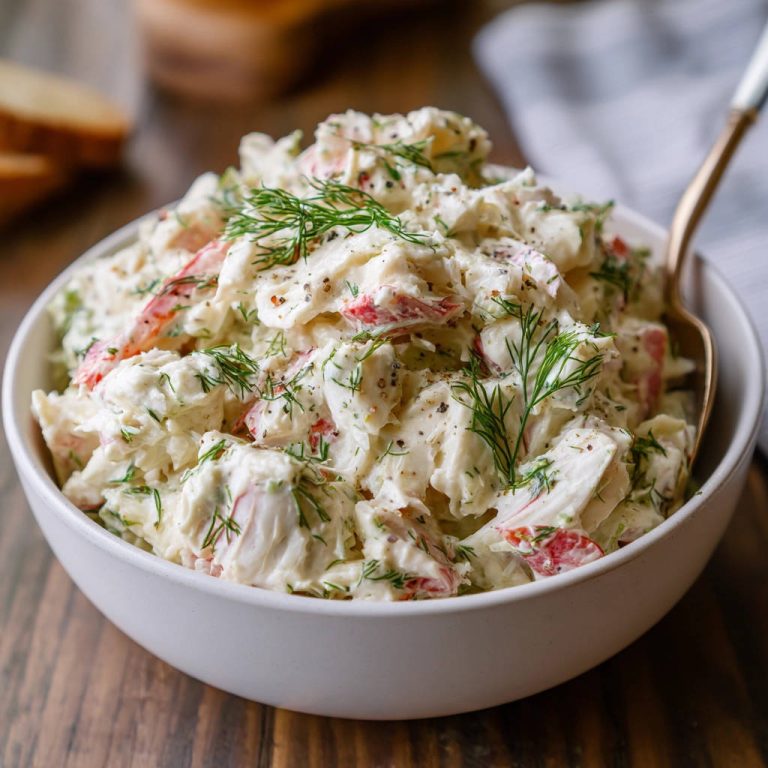Ever found yourself tossing those beautiful citrus peels after enjoying the fruit? Or maybe you’ve tried making homemade candied peels only to be met with that lingering, unwelcome bitterness? Trust me, you are not alone! I’ve been there, too, expecting sweet, chewy treats and instead getting something far less pleasant. It took some experimenting, but I finally cracked the code to achieving perfectly sweet, delightfully tender candied citrus peels every single time, without a hint of bitterness.
This recipe is my tried-and-true method, focusing on the essential steps that make all the difference. Forget the frustration of bitter rind; we’re about to transform humble citrus peels into golden, sugary jewels that are fantastic for snacking, baking, or garnishing.
Why You’ll Love This Candied Citrus Peel Recipe
There are so many reasons to fall in love with making your own candied citrus peels:
- No More Waste: It’s a fantastic way to use up those citrus peels you might otherwise discard, giving them a delicious second life.
- Achieve Perfect Sweetness: This method specifically targets and eliminates bitterness, leaving you with just the pure, sweet citrus flavor.
- Incredibly Versatile: Use them in baking, as a snack, dipped in chocolate, or as a fancy garnish for desserts.
- Surprisingly Simple: While it takes a little time, the process itself is straightforward and requires minimal active effort once you get the peels boiling.
Essential Ingredients for Perfect Candied Citrus Peels
You might be surprised by just how few ingredients you actually need to make these beautiful treats. The magic really lies in the technique! Here’s what you’ll gather:
- Peels from 4 large oranges, lemons, or grapefruits: The foundation of our recipe! Choose thick-skinned fruits as they hold up best to the candying process and yield substantial, chewy strips. Oranges are classic, lemons offer a lovely tart contrast to the sweetness, and grapefruit provides a more complex, slightly bittersweet (before we fix the bitterness!) flavor.
- 6 cups water, divided: Water is absolutely crucial in the initial stages. We use multiple changes of fresh water to boil away the bitter compounds found in the white pith and the peel itself.
- 3 cups granulated sugar, divided: This is where the magic of candying happens! Sugar not only sweetens the peels but also preserves them and gives them that characteristic chewy yet tender texture. We use it first to create a syrup that permeates the peels, and then again to coat them for a final, sparkly finish.
That’s it! Just three simple items are all you need to begin your candied citrus peel adventure.
Crafting Your Candied Citrus Peels, Step-by-Step
Ready to turn those vibrant peels into sweet, chewy delights? Let’s walk through the process together. The key, as you’ll see, is patience and a crucial boiling step!
-
Prepare the Peels: Start by carefully peeling your citrus fruit. The goal here is to get as much of the brightly colored peel as possible while leaving behind the bitter white pith. A sharp paring knife or even a sturdy vegetable peeler can help, but sometimes just using your fingers works well, especially with oranges. Aim to remove any significant chunks of pith still clinging to the peel. Once peeled, cut the strips into uniform pieces, roughly 1/4 inch wide and 1 to 2 inches long. Uniformity helps them cook evenly.
-
First Boil to Banish Bitterness: Place all your prepared peel strips into a medium-sized saucepan. Pour in 3 cups of fresh cold water, making sure the peels are fully submerged. Place the pan over high heat and bring the water to a rolling boil. As soon as it reaches a boil, reduce the heat to low and let it simmer gently for about 10 minutes. This first simmer begins the process of leaching out the bitter compounds.
-
Second Boil (The Secret Weapon!): Carefully drain the water from the saucepan using a colander. Return the peels to the empty pan. Add another 3 cups of fresh, cold water. Bring this second batch of water to a boil over high heat, then again reduce the heat and simmer for another 10 minutes. This double boiling and draining step is truly the secret to eliminating that unpleasant bitterness! For citrus known for being particularly bitter, like grapefruit, don’t hesitate to repeat this boiling and draining process a third time with fresh water. This ensures your peels are beautifully mellow before hitting the sugar.
-
Prepare the Candying Syrup: After the final drain, return the blanched peels to the same saucepan. Now, add 2 cups of fresh cold water and 2 cups of the granulated sugar (from your divided amount). Stir the mixture together over medium heat until the sugar has completely dissolved into the water, creating a clear syrup. Once dissolved, bring the syrup to a gentle simmer – you’ll see small bubbles rising, but not a vigorous boil.
-
Simmer in Syrup: Lower the heat to maintain that gentle simmer. Let the peels cook in the sugar syrup for approximately 45 to 60 minutes. During this time, the sugar will penetrate the peels, sweetening them and making them tender. You’ll notice the peels becoming slightly translucent as they cook. Stir the mixture occasionally to prevent the peels from sticking to the bottom of the pan or to each other. The syrup will gradually thicken as the water evaporates.
-
Remove from Syrup: Once the peels are tender and look translucent, remove the saucepan from the heat. Using a slotted spoon or a fork, carefully lift the candied peels out of the hot syrup. Allow any excess syrup to drip back into the pan before transferring the peels.
-
Initial Cooling & Drying: Arrange the removed peels in a single layer on a wire rack. It’s a good idea to place a baking sheet or wax paper underneath the rack to catch any drips of syrup. Let the peels cool and dry slightly in the air for about 30 minutes. They will still be quite sticky at this stage.
-
Coat in Sugar: While the peels are still warm and tacky, place the remaining 1 cup of granulated sugar in a shallow dish or plate. Add the slightly cooled peels to the sugar. Gently toss or roll the peels in the sugar to coat them completely on all sides. The sugar coating gives them a lovely sparkle and helps prevent them from sticking together.
-
Final Drying Time: Return the sugar-coated peels to the wire rack, ensuring they are in a single layer again. Let them air dry at room temperature for several hours. The drying time will vary depending on the humidity in your kitchen, but they are ready when they are no longer sticky to the touch and the sugar coating feels dry.
-
Store Your Candied Treasures: Once fully dried, transfer the candied citrus peels to an airtight container. They can be stored at room temperature for up to several weeks. If you live in a very humid climate, you might find they keep better in the refrigerator.
Pro Tips & Variations for Candied Peels
Here are a few extra pointers to help you master the art of candied citrus peels and maybe even try some fun twists:
- Pith is the Enemy: The most crucial step for success is removing as much of that bitter white pith as possible from the peel before you start boiling. While boiling helps, minimizing the pith upfront makes a huge difference.
- Don’t Rush the Boil: Those initial boiling and draining steps are non-negotiable! Give them the full time recommended, and don’t skip the extra boil for grapefruit or if your peels still taste slightly bitter after the first two.
- Consistent Size: Cutting the peels into similar sizes ensures they become tender at the same rate during the simmering process.
- The Leftover Syrup: Don’t discard the fragrant, thickened syrup! It’s essentially citrus simple syrup. You can use it in iced tea, drizzled over pancakes or ice cream, or to sweeten other desserts. Store it in an airtight container in the refrigerator.
- Flavor Infusions: For a little extra complexity, try adding a star anise pod, a cinnamon stick, or a few whole cloves to the sugar syrup while the peels are simmering. Remove them before the final drying step.
Serving Suggestions: How to Enjoy Your Candied Peels
Now that you have a beautiful batch of homemade candied citrus peels, what do you do with them? The possibilities are truly endless!
- Snacking: They are utterly addictive to eat straight from the container – a sweet and chewy treat!
- Baking: Chop them finely and add them to fruitcakes, scones, muffins, or sweet breads. They add bursts of vibrant flavor and texture.
- Dipped in Chocolate: This is a classic for a reason! Dip half or the whole piece in melted dark or milk chocolate for an extra special confection.
- Garnish Extraordinaire: Use them to decorate cakes, cupcakes, tarts, or creamy desserts. They make a beautiful and flavorful garnish for creamy desserts like our Classic Baked Cheesecake or rich treats such as this Ultimate Chocolate Cake.
- Add to Trail Mix: Toss a few into your homemade trail mix for a sweet and zesty surprise.
Your Candied Citrus Peels Questions Answered (FAQ)
Making candied peels can sometimes bring up a few common questions. Here are the answers to help you along the way:
Why are my candied peels still bitter?
The most common culprit is not adequately removing the white pith before boiling or not performing enough boiling and draining cycles. Ensure you scrape or peel off as much pith as possible. For oranges and lemons, two boils are usually enough, but for grapefruits or if you find them bitter after two, definitely give them a third boil in fresh water.
How long do homemade candied peels last?
When stored in an airtight container at room temperature, properly dried candied peels can last for several weeks. If you live in a humid environment, storing them in the refrigerator can extend their shelf life and prevent them from becoming sticky again.
Can I use thin-skinned citrus like limes?
While you technically can use limes or other thin-skinned citrus, they aren’t ideal for candying. They have less peel, a higher pith-to-peel ratio which can be harder to remove completely, and often don’t yield the same substantial, chewy texture as thicker-skinned fruits.
What can I do with the leftover sugar syrup?
Don’t waste that delicious citrus-infused syrup! Let it cool completely and store it in an airtight jar or container in the refrigerator. It’s wonderful used as a simple syrup for sweetening beverages like iced tea or lemonade, drizzled over fruit salads, pancakes, waffles, or even as a glaze for baked goods. It can add a lovely citrus note to various dishes.
Can I dip candied peels in chocolate?
Absolutely, and I highly recommend it! Once your candied peels are fully dried, melt some chocolate (dark chocolate is a fantastic pairing, but milk or white chocolate work too). Dip the peels halfway or fully into the melted chocolate, letting the excess drip off. Place them on wax paper or parchment paper to set before storing. They become an elegant confection, perfect for gifting or indulging. You might find inspiration in some of our other chocolate recipes when deciding what kind of chocolate to pair them with!
Enjoy Your Homemade Candied Citrus Peels!
There’s something incredibly satisfying about taking something you might normally discard and transforming it into a sweet, fragrant treat. These candied citrus peels are not just delicious; they’re a little piece of culinary magic. Whether you’re using them to elevate your baking, adding a sparkle to desserts, or simply enjoying them as a delightful snack, this recipe ensures a perfectly sweet and chewy result every time.
Give this method a try and say goodbye to bitter candied peels for good! I can’t wait to hear how yours turn out. Leave a comment below and let me know your favorite way to use them!
Candied Citrus Peels
Ingredients
- Peels from 4 large oranges, lemons, or grapefruits (thick-skinned fruits work best)
- 6 cups water, divided
- 3 cups granulated sugar, divided
Directions
- Carefully peel the citrus fruit, removing as much of the white pith as possible without damaging the colored peel. Cut the peels into strips about 1/4 inch wide and 1 to 2 inches long.
- Place the peel strips in a medium saucepan. Add 3 cups of cold water, ensuring the peels are submerged. Bring the water to a boil over high heat. Once boiling, reduce heat and simmer for 10 minutes.
- Drain the water from the saucepan. Return the peels to the pan. Add another 3 cups of fresh cold water. Bring to a boil again, then reduce heat and simmer for another 10 minutes. This repeated boiling step is the secret to removing the bitterness. For very bitter peels (like grapefruit), you can repeat this boiling and draining process a third time with fresh water.
- After the final draining, add 2 cups of fresh cold water and 2 cups of the granulated sugar to the saucepan with the peels. Stir to dissolve the sugar. Bring the mixture to a gentle simmer over medium heat.
- Simmer the peels in the sugar syrup for about 45 to 60 minutes, or until the peels are tender and appear slightly translucent. Stir occasionally to prevent sticking. The syrup will thicken as it simmers.
- Remove the saucepan from the heat. Using a slotted spoon or fork, carefully remove the candied peels from the syrup, letting excess syrup drip back into the pan.
- Spread the candied peels in a single layer on a wire rack set over a baking sheet (to catch drips). Let them cool and dry slightly for about 30 minutes.
- Place the remaining 1 cup of granulated sugar in a shallow dish. Add the slightly cooled, still-tacky peels to the sugar and toss gently to coat them completely.
- Return the sugar-coated peels to the wire rack to dry fully at room temperature for several hours, or until they are no longer sticky to the touch.
- Store the dried candied peels in an airtight container at room temperature for up to several weeks.








